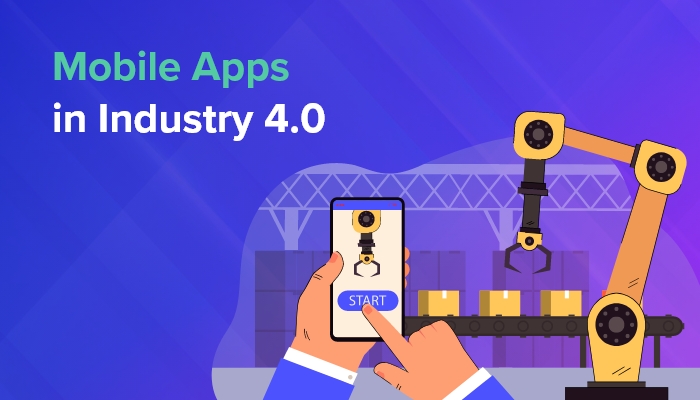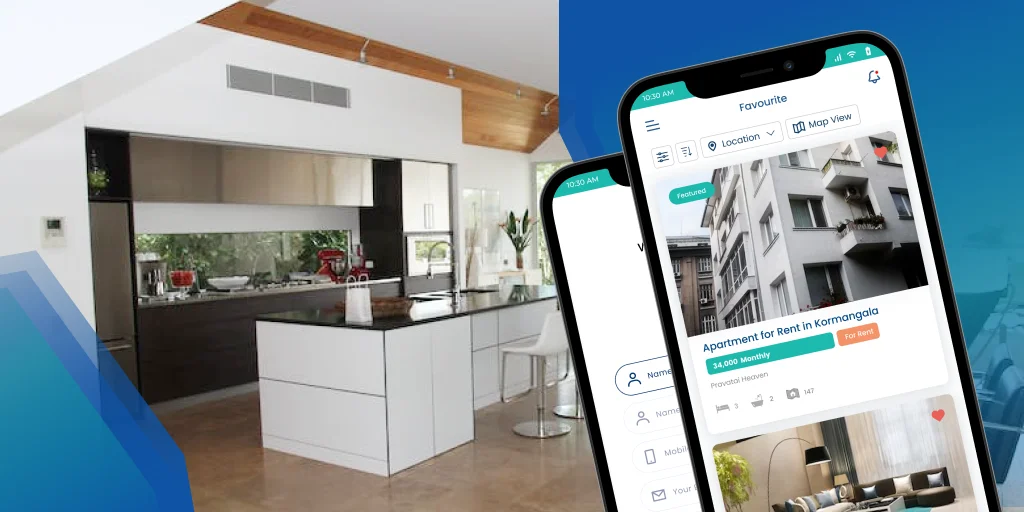The manufacturing industry is undergoing a historic shift, driven by Industry 4.0 — the fourth industrial revolution that integrates IoT, AI, robotics, and big data into operations. At the heart of this transformation lies a powerful yet often underrated tool: mobile applications.
From real-time production monitoring to predictive maintenance, mobile apps are reshaping how factories operate, empowering decision-makers with instant insights and unprecedented agility.
What is Industry 4.0?
Industry 4.0 represents the digital transformation of manufacturing, combining cyber-physical systems with advanced technologies like:
- Internet of Things (IoT)
- Artificial Intelligence & Machine Learning
- Big Data & Analytics
- Robotics & Automation
- Cloud Computing
Mobile apps act as the bridge between these technologies and the humans managing them — providing real-time control, visibility, and connectivity.
How Mobile Apps are Driving Industry 4.0 in Manufacturing
1. Real-Time Production Monitoring
With IoT-enabled sensors feeding live data to mobile dashboards, plant managers can monitor:
- Machine performance
- Output rates
- Quality control metrics
- Energy consumption
This enables faster response to bottlenecks and reduces downtime.
2. Predictive Maintenance
Mobile apps integrated with AI can predict equipment failures before they happen. Maintenance teams receive alerts directly on their devices, helping:
- Reduce unplanned downtime
- Lower repair costs
- Extend machine lifespan
For example, vibration and temperature data from machines can trigger automatic service requests.
3. Inventory and Supply Chain Management
Mobile solutions offer real-time inventory tracking, enabling:
- Automated stock replenishment
- Barcode and QR scanning via smartphones
- Instant supply chain updates
- Better demand forecasting
This ensures raw materials and finished goods move seamlessly through the system.
4. Worker Safety & Compliance
Safety apps equipped with AR, checklists, and reporting tools allow workers to:
- Conduct digital safety inspections
- Receive instant hazard alerts
- Access training material anytime
- Submit incident reports with photos/videos
This improves workplace safety and ensures compliance with regulatory standards.
5. Remote Operations & Collaboration
With cloud-connected mobile apps, managers can oversee operations from anywhere. Features like video conferencing, shared dashboards, and instant messaging enhance collaboration across different locations.
Benefits of Mobile Apps in Industry 4.0 Manufacturing
- Higher Productivity – Streamlined workflows and instant communication
- Reduced Downtime – Proactive maintenance and rapid issue resolution
- Data-Driven Decisions – Real-time analytics for faster, smarter choices
- Cost Savings – Optimized resource utilization and fewer production errors
- Greater Agility – Ability to adapt to market changes quickly
Challenges to Consider
While mobile apps offer huge benefits, manufacturers must address:
- Data Security – Protecting sensitive operational data from cyber threats
- Integration Complexity – Ensuring apps work with legacy systems
- User Adoption – Training employees for smooth transition
Future Outlook
The role of mobile apps in manufacturing will only grow as 5G connectivity, AR/VR, and edge computing become mainstream. Soon, factory floors may be fully managed through immersive mobile experiences, making Industry 4.0 even more intelligent, efficient, and connected.
Conclusion
Mobile apps are more than just convenience tools in Industry 4.0 — they are strategic enablers of smarter manufacturing. By connecting people, machines, and data, they empower manufacturers to operate with precision, speed, and innovation.




